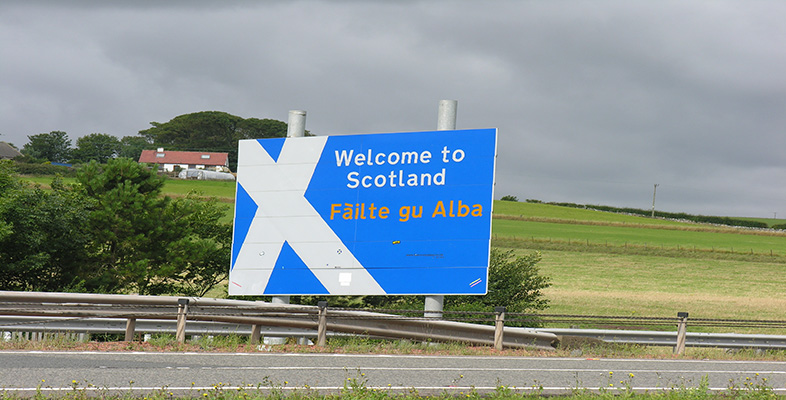2.5 The Brythonic languages
The Brythonic languages have suffered considerable language death in the British Isles (Pictish and Cumbric in Scotland, for example, disappeared centuries ago), and the circumstances of the survivors are extremely varied.
Welsh is the most successful of all the Celtic languages, with around 580,000 people in Wales claiming to speak Welsh in the 2001 Census. It is classified by UNESCO as ‘vulnerable’, whereas all the other Celtic languages are either ‘definitely endangered’ or ‘critically endangered’.
Encouragingly, the percentage of the Welsh population with the full range of skills (i.e. able to speak, read and write Welsh) increased from 13.6 per cent in 1991 to 16.3 per cent in 2001. Welsh has also made considerable progress in achieving improved official status in Wales [Tip: hold Ctrl and click a link to open it in a new tab. (Hide tip)] .
Cornish, like Welsh, is a descendant of the Brythonic language once spoken across southern Britain. Welsh and Cornish were effectively isolated from each other after the victory of the West Saxons at the Battle of Dyrham (near Bath) in AD 577.
Cornish is thought to have been spoken by up to 38,000 people in the early 14th century but it declined dramatically under pressure from English from the mid-16th century and disappeared as a community language in the 18th century. It is now in a revival phase and boasts several hundred fluent, or semi-fluent, speakers. For more information on the history of Cornish, click here (right-click to open the link in a new window or tab).
Brittany’s modern Celtic heritage derives not from a continental Gaulish ancestry, but largely as a result of immigration of Brythonic speakers from Britain following the Anglo-Saxon invasions of the 5th century AD onwards. The Breton language’s closest relative is therefore Cornish.
Today Breton15 has around 300 000 speakers, but numbers have fallen dramatically from about a million in 1945. In its traditional heartland in western Brittany, the percentage of the population speaking the language has decreased from 90 per cent in 1900 to less than 25 per cent today.
